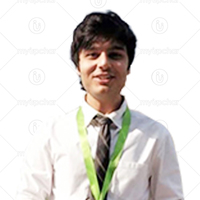Urinary catheterisation is an invasive procedure that is very commonly required in patients. Doctors try to avoid it whenever possible as it is highly painful and may be associated with numerous complications. On the pain scale, it is ranked higher than a lumbar puncture and arterial blood gases sampling. In most hospitals, nurses perform catheterisation but doctors are required if there are difficulties in inserting catheters as in the cases of urethral strictures, prostate cancer patients and patients who have recently experienced trauma.
New Year Bumper Sale @ Rs. 1
X

- हिं - हिंदी
- En - English
- Treatment
-
- Skin Issues
- Acne
- Fungal Infection
-
- Hair Problems
- Hair Growth
- Hair Dandruff
- Self-Analysis
-
- Chronic Diseases
- Diabetes
- Heart Care
- Weight Loss
- Sleep Support
- Liver Care
- Stress & Anxiety
- Our Brands
- Doctor Consultation
- Medicine A-Z
-
Health A-Z
-
- Treatments
- Home Remedies
- Herbs
- Surgery
- Lab Test
- Therapy
- First Aid
- Ayurveda
- Homeopathy
-
- Yoga And Fitness
- Fitness
- Yoga
- Weight Loss
- Weight Gain
-
- Other Topics
- Baby Names
- Beauty
- Healthy Foods
- Tips
- Health News
- Pet Health
- Men Health
- Medical Cannabis
- Login / Sign Up










































